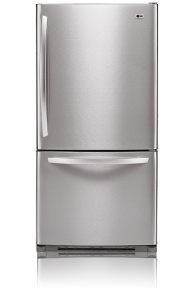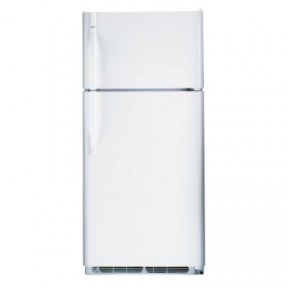Blog: Design Musings and Other Nonsense
We discuss design, business, web products and other miscellany.
Bad Design IRL: Anatomy of Bad UX Design
I don’t want to brag, but I have owned several refrigerators in my life. Perhaps as many as four. One in particular, though, stands out at the epitome of bad design that is simply allowed to persist because it is “normal”. Stay with me here, this will start to make sense in a second.
The one that sticks out, because of its design, was a normal fridge. Everybody has (or has had) one, and few people are obsessive enough bother to think about the design. You know the one I mean, the old freezer on top, fridge on the bottom number. Yeah, that guy.
Here is the problem. The part that is most convenient (the freezer) is the part most people use the least. The most often use part, the refrigerator, is the most inconvenient to use. In order to get anything out of the ‘fridge portion, you have to bend down to see inside. With the freezer, you don’t need to bend down at all. Everything is at eye level. Everything is accessible. It is easy, convenient, and simple. Just like good UX.
To me, this is a great metaphor for bad UX design. Having the most commonly used features/functions the most inconvenient to use. A big part of UX is taking the time to understand how your users use your site/product and making that use as easy as possible. The more a feature/function gets used, the easier it should be to use it. That is what makes sites enjoyable to use, consideration for how I, as the user, use what you have built.
 Now, of course, this example isn’t meant to be taken literally. I know the design has been improved, and much better options (like the model to the left) do exist. My point is that a lot of design decisions get made because it is simply more convenient to build it that way (or, it is just the way it has always been done). Great design, in my opinion, dares to take a user-centric, critical view of these design decisions, and is bold enough to create something different, something that is about the user, not the provider.
Now, of course, this example isn’t meant to be taken literally. I know the design has been improved, and much better options (like the model to the left) do exist. My point is that a lot of design decisions get made because it is simply more convenient to build it that way (or, it is just the way it has always been done). Great design, in my opinion, dares to take a user-centric, critical view of these design decisions, and is bold enough to create something different, something that is about the user, not the provider.
So, if you are setting out to build a new site/product/service or practically anything, and UX is a priority, take the time to make the design bend around how people will actually use it. The people who do use it will thank you for it.

